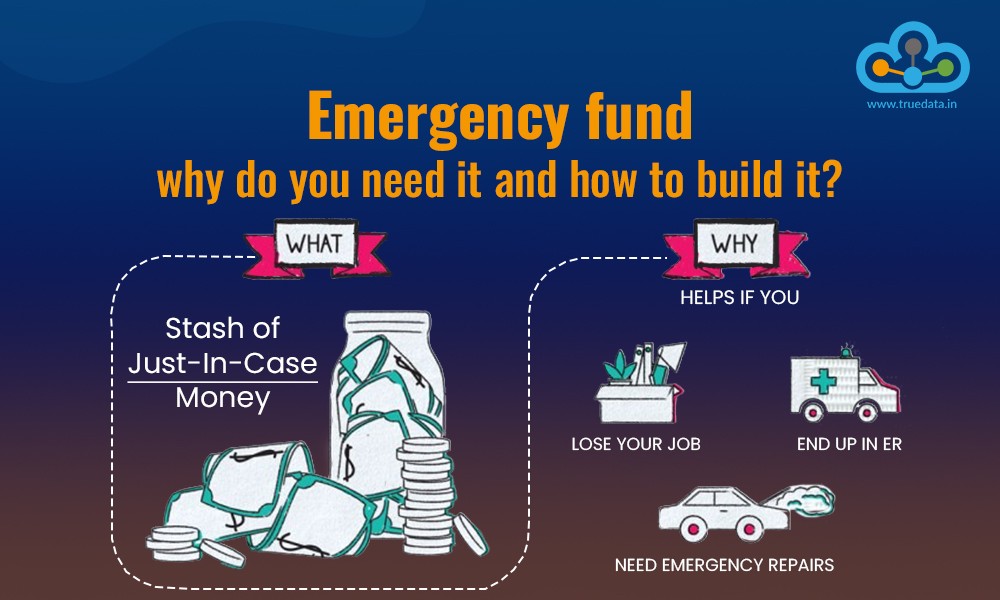Life insurance, a fundamental pillar of sound financial planning, is designed to provide a critical safety net for your loved ones in the event of your untimely passing. It offers financial security, ensuring that dependents can cover daily living expenses, mortgages, education costs, and outstanding debts without facing immediate financial hardship. However, the perceived cost of life insurance often deters individuals from securing this vital protection, leading to a dangerous gap in their financial strategy. The good news is that obtaining adequate life insurance doesn’t have to “break the bank”; by understanding the different types of policies and the factors influencing premiums, it’s entirely possible to secure comprehensive coverage affordably.
The first and most crucial step in buying life insurance without overspending is to understand your actual needs. Avoid the temptation to simply pick a large, round number; instead, calculate how much coverage your dependents would genuinely require. Consider all potential expenses: outstanding debts like mortgages, car loans, and credit card balances; future education costs for children; income replacement for a set number of years; and final expenses. There are numerous online calculators and financial advisors who can help you arrive at a more precise figure. Over-insuring means paying for coverage you don’t necessarily need, which directly translates to higher premiums. The goal is to find the sweet spot: enough coverage to protect your loved ones adequately, but not so much that it becomes an unnecessary financial burden.
Once you’ve determined the appropriate coverage amount, the next critical decision involves choosing the right *type* of life insurance. This is where most people can significantly impact their costs. Broadly, life insurance falls into two main categories: term life insurance and permanent life insurance (such as whole life or universal life). Term life insurance is often the most budget-friendly option for most individuals. It provides coverage for a specific period or “term” – typically 10, 20, or 30 years – and pays out a death benefit only if the insured dies within that term. It’s akin to renting insurance coverage for a defined period when financial obligations are highest, such as during your working years, while raising children, or while paying off a mortgage. Because it does not build cash value or last indefinitely, term life insurance premiums are significantly lower than permanent policies for the same amount of coverage.
Permanent life insurance, conversely, covers you for your entire life and often includes a cash value component that grows over time, which you can borrow against or withdraw. While it offers lifelong coverage and potential investment features, this comes at a much higher premium cost, often many times that of a comparable term policy. For most individuals seeking pure financial protection without the complexities of an investment vehicle, term life insurance provides robust coverage at a fraction of the cost, making it the go-to choice for affordability.
Timing is another powerful factor in securing lower life insurance premiums. Life insurance rates are primarily based on your age and health at the time of application. The younger and healthier you are when you purchase a policy, the lower your premiums will be, and these rates are typically locked in for the duration of your term policy. Waiting until you are older or develop health conditions like diabetes, high blood pressure, or other chronic illnesses can significantly increase your premiums or even make it challenging to obtain coverage. Therefore, if you have dependents or financial obligations, buying life insurance early in life, even in your 20s or 30s, is one of the most effective strategies for long-term savings.
Your health and lifestyle choices directly influence your life insurance rates. Insurers assess risk, and healthier individuals represent less risk. Maintaining a healthy weight, exercising regularly, and avoiding smoking are paramount. Smokers, for instance, can pay two to three times more for life insurance than non-smokers due to the increased health risks. Even moderate lifestyle choices, like heavy alcohol consumption or participation in high-risk hobbies (e.g., skydiving, scuba diving), can lead to higher premiums. If you’ve recently quit smoking or made significant health improvements, inform your insurer; after a certain period (usually 12 months), you might qualify for better rates.
When you’re ready to purchase, shopping around is non-negotiable. Life insurance premiums can vary significantly between different carriers for the exact same amount and type of coverage. Do not settle for the first quote you receive. Utilize online comparison tools, independent insurance agents, or brokers who can provide quotes from multiple companies. These professionals can often help you navigate the complexities of different policies and identify the most competitive rates that align with your needs and budget. This comparison shopping can save you hundreds, if not thousands, of dollars over the life of the policy.
Finally, be mindful of policy riders. Riders are optional add-ons that provide extra benefits to your policy, such as critical illness coverage, waiver of premium in case of disability, or accidental death benefits. While some riders can be valuable, each one adds to your premium. Carefully evaluate whether these extra benefits are truly necessary for your current situation or if you can address those risks through other means. Removing unnecessary riders can help streamline your policy and reduce its overall cost, ensuring you’re only paying for the coverage you genuinely require.
In conclusion, buying life insurance doesn’t have to be a financially draining experience. By meticulously assessing your true coverage needs, opting for affordable term life insurance where appropriate, purchasing a policy when you are young and healthy, maintaining a healthy lifestyle, diligently comparing quotes from multiple providers, and being discerning about optional riders, you can secure robust financial protection for your loved ones without unduly straining your budget. This strategic approach ensures that you provide an essential safety net, fostering peace of mind without breaking the bank.



